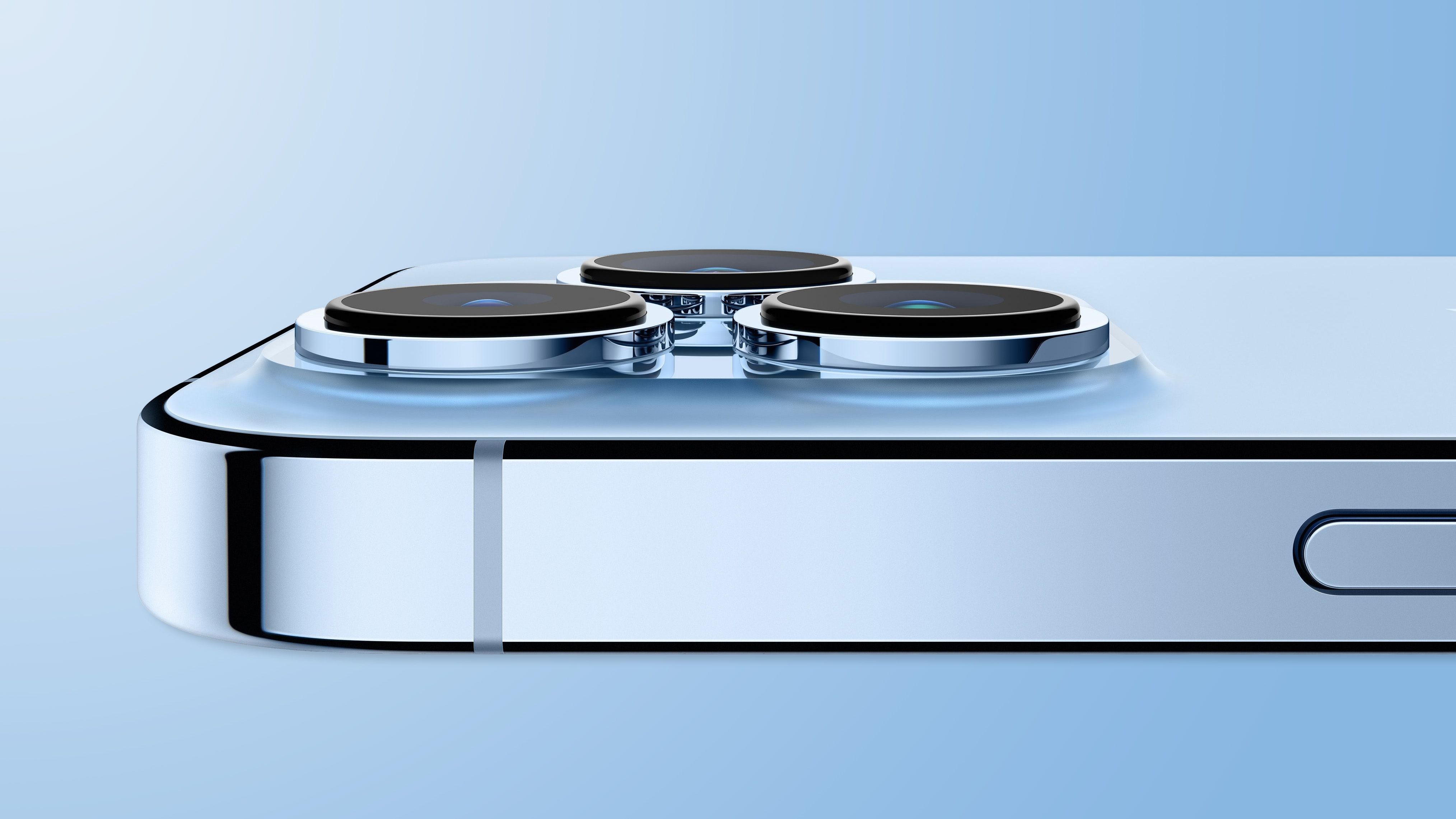Yet Apple Silicon architecture appears to be a clean, logical approach to the PC inquest: reduced bottlenecks, efficient frontend, excellent single-core performance, great perf/watt…
PC inquiest? That is just as much as iPad Pro inquest (and high end phone one).
reduced bottlenecks --- resolved in a way to save battery power would help iPads cover more performance spectrum.
efficient frontend --- saves bandwidth so LPDDR RAM is sufficient.
single core performance --- "race to sleep"
perf/watt --- basically covered in the above and
Even if Apple didn't have a Mac product line ( only had Phone, iPad , watch , AppleTV ), they would still likely be on the same basic path outlined above. The die size of the M1 had been used for A (much earlier on) and A_X processors (for last several iterations ) before.
Even Thunderbolt on iPad Pro. When it gets to the point recording 4K HDR ProRes files then will probably be a faster offload port. [ And if EU kills off Lightning, as have been threatening since before 2018, will need a USB Type-C infrastructure emdedded into phones and other iPads also. ]
The A10X and A12X were deployed and generating feedback in 2018. How they used a future process shrink to put a slightly scaled down version of that along with improved IMG, NPU cores , and display controller onto a smaller chip was a pretty straightforward path to get onto.
Still waiting for that legendary Mxx while enjoying M1 MBA.
Legend before it even ships in volume? A bigger die with a new, improved, internal interconnect to allow more building blocks to interact at a larger count scale. It should work. However, electing a number one draft pick the to hall of fame after playing one preseason game is rather premature.


